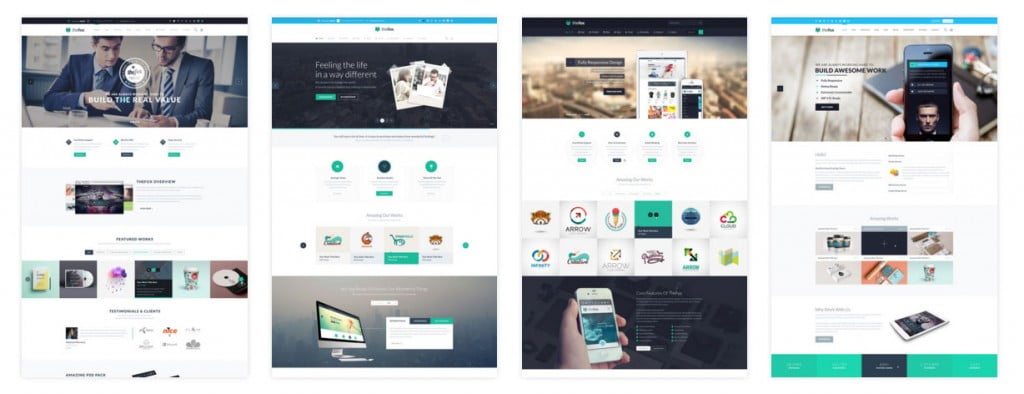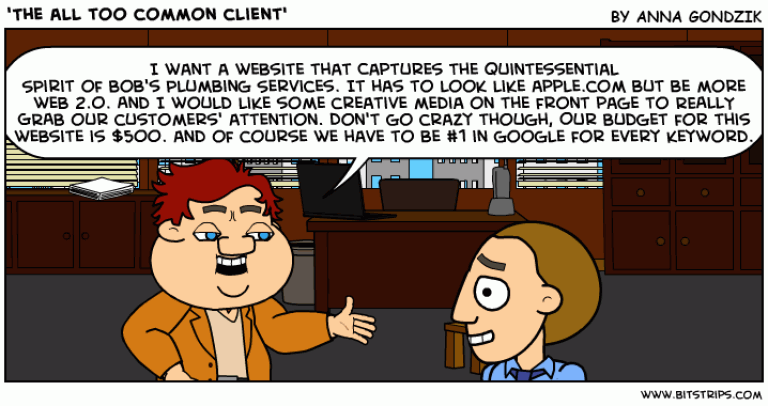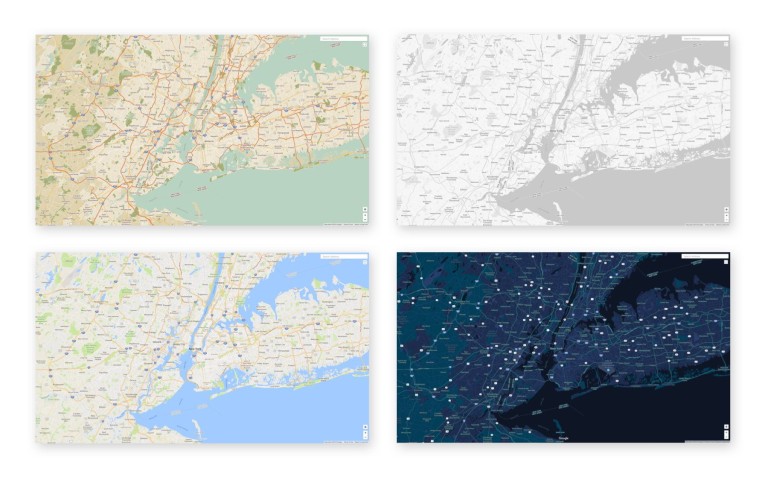Selecting the right WordPress theme for your business can be tough, and unfortunately, most business owners get it wrong the first time. Most WordPress themes are not actually designed to help you win customers; they're designed to sit there, look pretty at first, and then stagnate rapidly.
On the bright side, you’re already a winner for picking WordPress as your CMS, so let’s go ahead and try to filter through the 10,000 WordPress theme options to find the few that really work.
Think of all the Theme demos as carefully staged homes. People gravitate towards the most beautiful and aw-inspiring designs on the surface, but guess what? When it’s time to move out the ‘furniture’ and replace it with yours, you may suddenly notice a cracked foundation and a flimsy framework.

Now before we proceed, we’re going to assume you want to customize the theme to make it unique and make it your own. Most business owners do not want their website to look like 100,000 other websites out there, and presumably, you’re not looking for a cookie cutter template either.
However, if you are looking to just install a theme, replace the text, and call it a day, then this post is probably not for you.
If you want to be taken seriously as a business and maximize conversions, you’ll need an adaptable, highly customizable theme that’s modified specifically to support your brand and lead generation goals.
No matter what, stay conversion focused.
There are a lot of misconceptions about website templates and their purpose. Every web developer has their own theories and opinions about some of the items you should consider when selecting a WordPress theme. Keep in mind that generally, it’s in the web designer’s best interest to do as much custom design work as possible, and it’s in the developer’s best interest to code as many features as possible - that’s understandable.
I only care about one thing: ROI.
If your website is built cost-efficiently, and it’s effective in generating leads for your business now and in 2 years, and maintenance does not cost an arm and a leg, then I consider the project a success. Theme selection should take this into account.
Right now, there are thousands of WordPress themes available and choosing one may seem overwhelming, but it really isn’t. We can easily filter out 99% of them.
Here are 5 mayor factors you should consider when selecting a WordPress theme for your business (some of them you might never guess!). Let’s get started:
1. Your theme does not have to be industry-specific
Many business owners feel they need a website template specific to their industry. Lawyers tend to search for lawyer templates, doctors will go for medical templates, construction companies will go for construction templates, financial consultants will go for the finance-oriented templates and so on. Stop it for the love of WordPress!
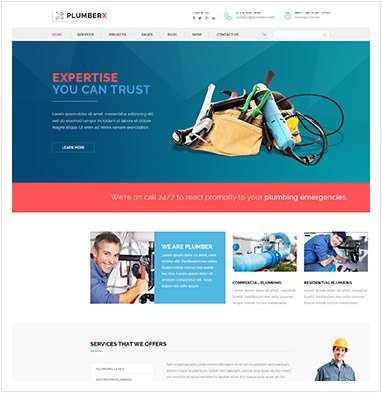
Theme designers are not generally catering to help your business, at least not directly. They’re catering to blind demand. When a niche opens up for say – dentist themes – you’ll have a bunch of suppliers pumping out themes specifically designed for dentists – complete with built-in dentist stock photos, dental icons, and perhaps even an appointment booking form.
What’s wrong with that?
By focusing on the industry, we lose sight of what’s most important: the quality of the underlying code, the theme’s back-end features, and the extent to which you or your web developer can customize and maintain it, along with the theme’s future support outlook.
Back to the home staging analogy: industry-specific themes can often rest on crumbling frameworks with beautiful artwork inside that make you say “Wow.” Stay away unless the theme’s backend has a proven track record.
2. Go premium or go home
Completely custom websites can cost $30,000+. You’re already taking a massive (and genius) shortcut by building your website using a theme. This is not the time to skimp on quality.

For $20 - $100 you can get an incredible, flexible and long-lasting framework for your website. Compare that to free themes: they may cost $0 upfront, but the customization, maintenance and updates of ‘free’ themes can easily run you over the edge.
Check out Themeforest’s Top WordPress Themes for 2019 – updated weekly. Our top pick right now? The Ark - this theme has taken WP themes by storm. At the tender age of 2, it has virtually no competition, the ultimate flexibilty ever witnessed for WordPress, the highest rating in the Top 20, and no chance of slowing down in the upcoming years. There are no "difficult choices" to make at the moment for website themes, as long as The Ark continues to deliver and evolve.
* We are not directly affiliated with The Ark. We choose whatever theme is the absolute best for its time. If a better theme is released in the future, we will not hesitate to switch while continuing to support previous themes during their life spans.
3. Check the Theme’s Popularity
While it may seem counter-intuitive for some, your perfect theme may already have thousands of downloads, and that’s ok. This does not mean your website will look like thousands of other sites out there. On the contrary, amazing themes are highly customizable.
Often business owners will select lesser-known themes thinking their website will stand out more, especially if the theme only got a handful of downloads. While even great theme developers have to start somewhere, there’s always a risk in selecting something that hasn’t been tested enough.
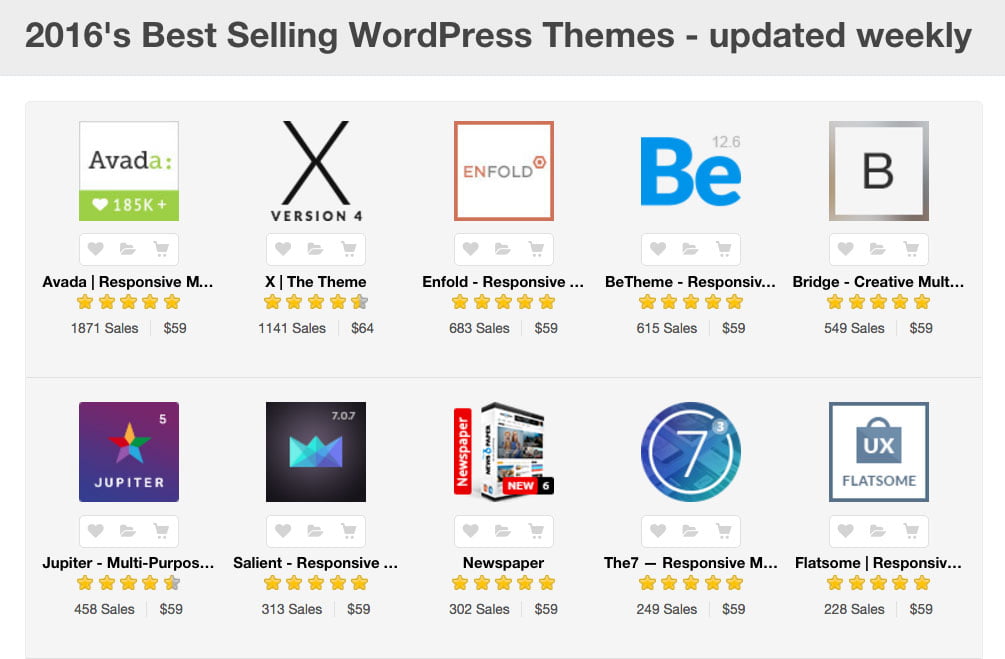
Let’s look at the major reasons to opt for one of the most popular themes:
1. Proven Track Record
Many developers have already taken the theme for a test drive. You’ll know what to expect - less surprises.
2. Rating from a good sample size
If the theme is rated 5 Stars, but has only 5 downloads, then it’s not the most accurate score.
3. Large community support
Popular themes have huge communities and teams of developers who provide active support, extensive documentation and answers to any questions from web designers. They also listen to update requests, fix bugs and any ongoing issues very quickly.
4. High stability
Do you want your theme to receive regular updates every year or do you want to redesign your website the next time a new WordPress version rolls out? Popular themes have the highest probability of ongoing future updates and support. Meanwhile, lesser known themes can easily become unsupported, ie. obsolete!
4. Check the Theme’s Rating
If a theme is very popular, but rated less than 4.7 stars, expect more issues: potential bugs, glitches or weird limitations are very common.
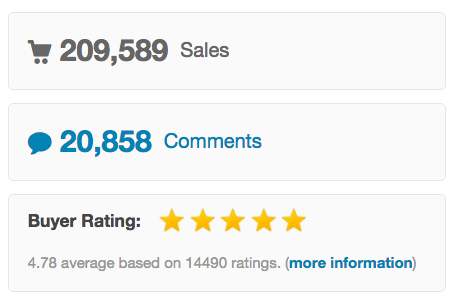
That said, all themes have their share of pros and cons. Even 5 star themes can have a few bugs and kinks that need smoothing out and that’s normal.
All themes need regular maintenance and housekeeping, but a highly rated theme generally makes web maintenance easier and more cost-effective in the long run.
If you feel your sample size is too small to fully trust the rating, read the reviews. Sometimes users will trash a theme for bad reasons or even post fake praise to drive the rating up.
5. Understand that Most Themes are not Built for Businesses
While aesthetics are no doubt important in a Theme, it’s critical to look at substance over gimmicky features. Most themes are not built to help your business. We have to customize them to convert well by adding great content and lead generation tools.
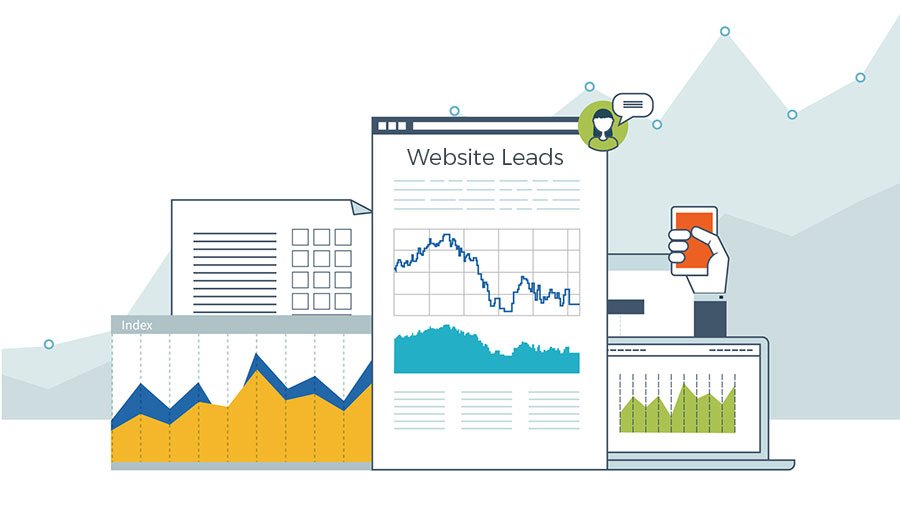
Look past the “fluff.”
While many high quality themes have built-in features that are extremely useful: content editors, layouts, pricing tables, portfolios, testimonials and design elements, there are other features that are just fluffy fluff: sliders, scrollers, special effects and 99 design elements you probably won’t use.
Worst offender: all the special effects and useless widgets. These are conversion killers and a waste of time. They slow down your website and distract visitors from their goal. Not to mention, they make your backend clunky and harder to maintain.
Furthermore, for many theme features, better alternatives exist.
Lots of built-in features have alternative plug-ins out there that can do the job 3x better. Perfect example: photo galleries.
Remember your website’s job is not to compete for who has the highest amount of features and widgets. Your website's job is to convert visitors into customers.
In the end, it’s all about maximizing results. If you plan on becoming really active online in terms of online marketing, blogging, & content development (which you should), it’s well worth the investment into a more solid framework from the start.
